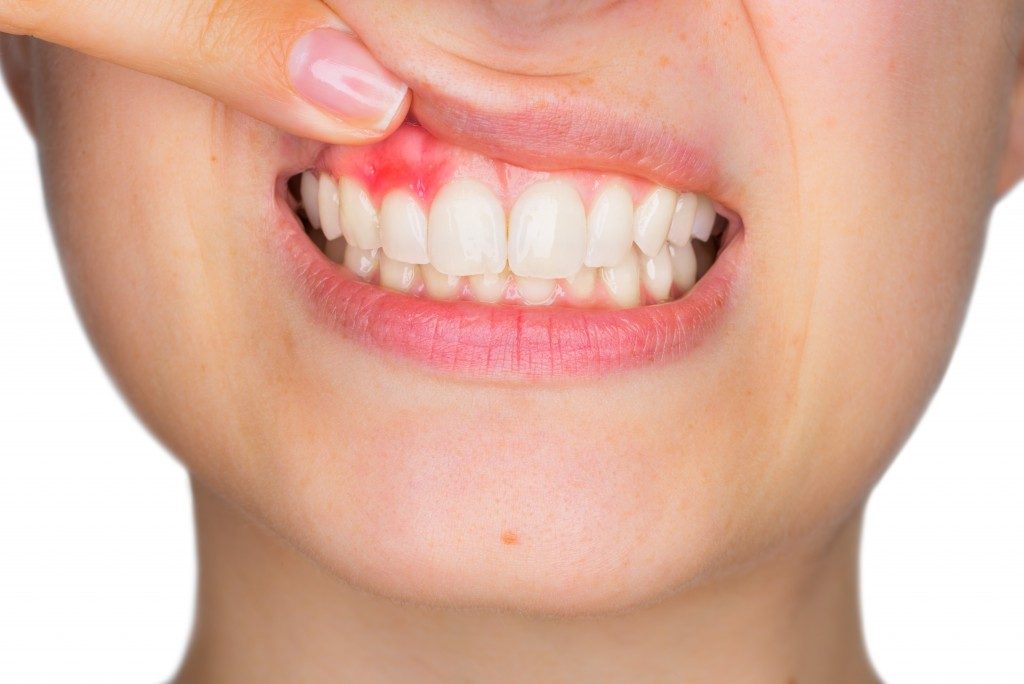Everyone deserves a bright and beautiful smile. That is why it is crucial to check your mouth and teeth regularly to prevent any oral problems in the future. If a person’s gums appear red or swollen, there is a chance that you have gingivitis. Healthy gums are a part of a beautiful smile. If a person shows signs of gingivitis, leaving it untreated will only cause further problems.
How gingivitis forms

A person’s gums are attached to the teeth at a lower point, thus forming a small space between the gums and the teeth called a sulcus. When food gets trapped in this space, plaque and bacterial buildup can occur, which causes a gum infection or otherwise known as gingivitis. Plaque is a thin layer of bacteria that usually forms on the surface of the teeth. Once it hardens, it then becomes tartar, which can cause an infection as it extends below the person’s gum line. Leaving it untreated can cause the gums to separate from the teeth. It can even damage the soft tissue and the bones that support the teeth. Once that happens, the tooth will soon start to loosen up and become unstable. If the infection continues to worsen, the dentist will have no other choice but to remove it.
Root causes of gingivitis
There are several primary causes of gingivitis. Some people may experience it because of hormonal changes that occur during pregnancy or puberty. Meanwhile, others may experience it because of their illness. Cancer or HIV can interfere with the immune system, making it weak against bacterial infection. Diabetes can also affect a person’s ability to use blood sugar, increasing their risk of developing diseases.
Medication can also affect oral health. Some medicine lessens the production of saliva, which is the body’s protective coating for the teeth and gums. Meanwhile, some drugs can cause irregular growth of gum tissues. Bad habits can also constitute to gingivitis. Smoking makes it difficult for a person’s gum tissue to rebuild itself. Also, neglecting to clean the orthodontic appliances or flossing the teeth can make a patient’s gums prone to gingivitis.
How a dentist diagnoses gum disease
Most people who have gingivitis are not aware that they have it until its late stages. Although these symptoms appear subtle, gingivitis does not come entirely without any warning signs. Aside from bleeding when brushing the teeth, they will also experience persistent bad breath and receding gums. Your dentist will check if your teeth are starting to shift or if there are pockets. They will also check your jawbone to see if there is any deterioration. Doing so will help detect the breakdown of the bone that surrounds your teeth.
There are several ways to treat gum disease. All that a person needs to do is to ask their dentist about it to see which one is right for them. Treatment options will depend on the severity of their condition and how well they respond to the treatment. To prevent it from happening, they should practice good oral health all the time.

